Following our article about testing Rowing Force Curve analysis in a rowing tank, we got a great question from Graham Spittle
Fascinating stuff and Helen’s angles and power curves are so consistent.
I have a C2 so can get one dimensional power curves to some extent but not sculling differentials of power/angles for bow/stroke-side. I’m a long time (G) bowside sweep rower and late to sculling. I think I am finding my right leg is dominant (common apparently) and seems to make getting a stable start demanding and troublesome (assuming the rest of my technique is perfect!!??)
Is this Docklands tank setup/service permanent and open to the rowing public to get the same analysis.
I’d be interested – a useful investment (if it’s not bankrupting!!)
If not, any other options, e.g. Dr Kleshnev, BioRower?
Changing your rowing stroke force curve – gym
The simplest way to adapt and adjust your personal force curve is to start with an indoor rowing machine.
Of course, I am going to suggest the RP3 because its force curve displays in real time and the athlete gets the best chance to understand what their body did which produced THAT force curve. The large size of the curve display and its extreme sensitivity (it changes very clearly when you move differently and deliver power differently). This gives a giant advantage over other rowing machine software [no need to explain why] and also an advantage over on-water rowing where you can’t see a force curve in real time, only numbers.


Using mirrors to watch yourself, and a coach watching or videoing you, the opportunity to see how you row, see what the force curve shape is and make changes to your technique is huge. The instantaneous feedback allows the athlete to take ownership of their technique and figure out for themselves what contributes to an improved force curve.
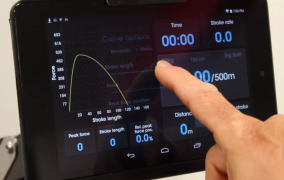

If you learn a technique change, you can then take it onto the water.
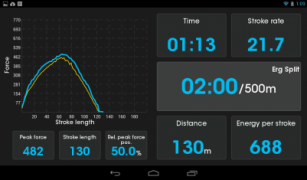

Changing your rowing stroke force curve – on water
In a rowing or sculling boat the opportunity to change your stroke is somewhat different. You are limited by the weather, the availability of crew members to hold the boat level for you while you row and the technology you can use.
To see a force curve – the options are limited to numeric displays on the water and most offer off-water force curve graphs.
- The instrumented oarlock NK EmPower has best been described by Tom Carter
although he has[Correction, he broke the calibration tool]! It displays catch angle and slip.finish angle and wash, and lastly power in watts. It’s numeric not graphic. You cannot SEE your force curve like you can on a rowing machine.broken several - The instrumented boat by BioRow (Dr. Valery Kleshnev) has the BioRowTel system which you can buy and use as an instrumented boat set-up. Data is collected and analysed after the rowing outing is over.
- Peach Innovations is another instrumented boat data logger driven from an instrumented oarlock with data analysis.
- And then you can have GPS boat speed monitors which we compared in this article MiniMax, Coxmate GPS and NK GPS. All of these use numeric data on the water with offline force curve analysis (although old GPS chips collect too few data points per second to see meaningful curves – the modern 10Hz ones are much better).
- Rowing in Motion has a boat speed app which you can use on the water that shows an acceleration curve live on a phone screen. This is not a force curve, but has similarities. It uses the phone’s accelerometer and GPS to calculate the data.
There are lots of choices and you will find that your selection is based on your bank balance, and the level of detail analysis you want, plus your time available to do the analysis.
What are the advantages and disadvantages? Let us know in the comments.

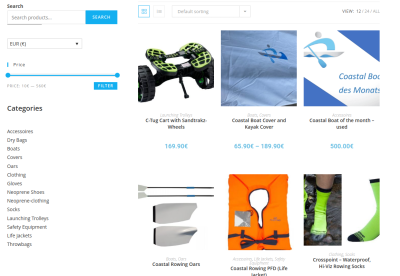
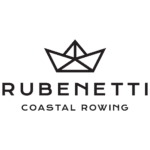
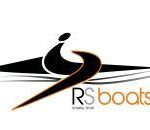


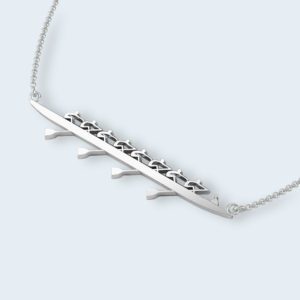

This Post Has 2 Comments
Just to clarify, I haven’t been breaking the NK gate! Its the calibration tool that I have managed to snap a couple of times, absolutely no concerns over the build quality of the actual gate – it can take a pounding
You might want to correct your article. Tom hasn’t broken even a single EmPower Oarlock. He’s broken the plastic calibration tool, which is something separate.